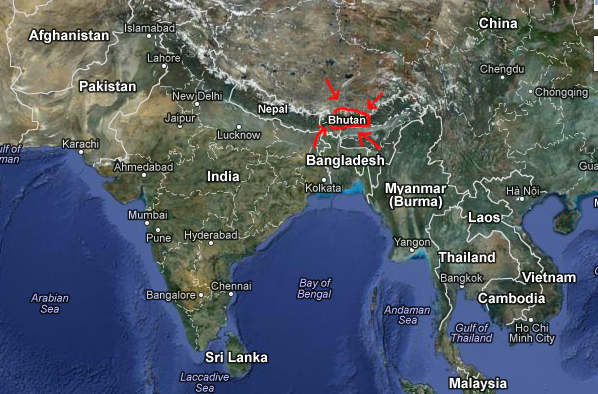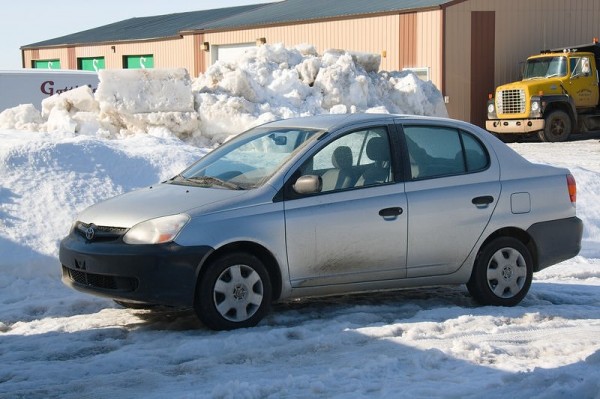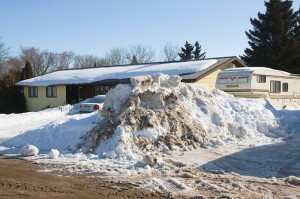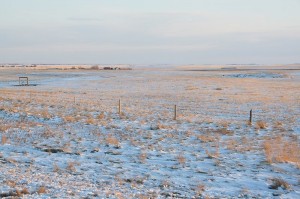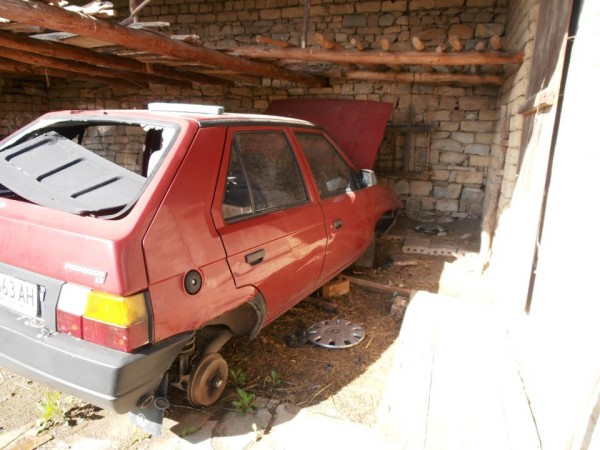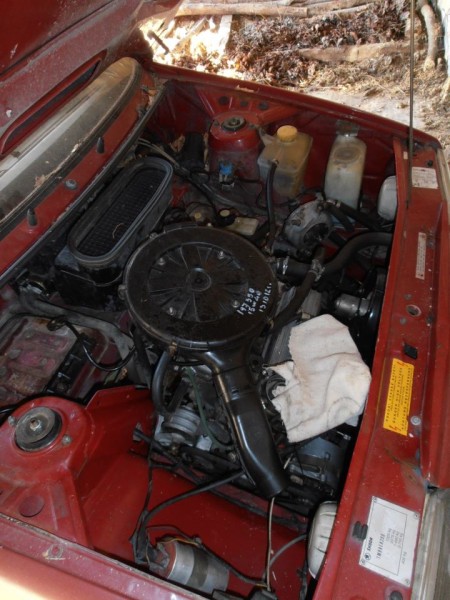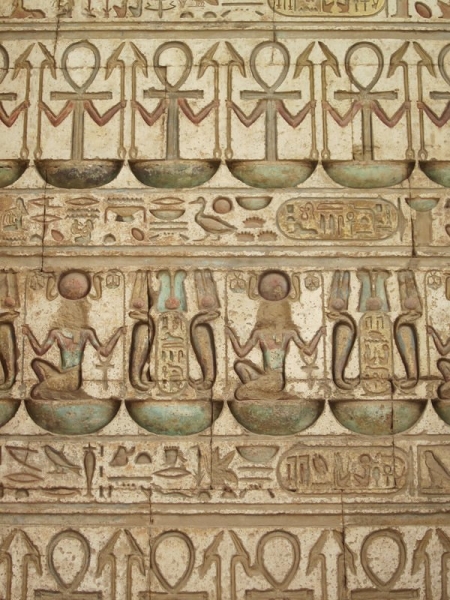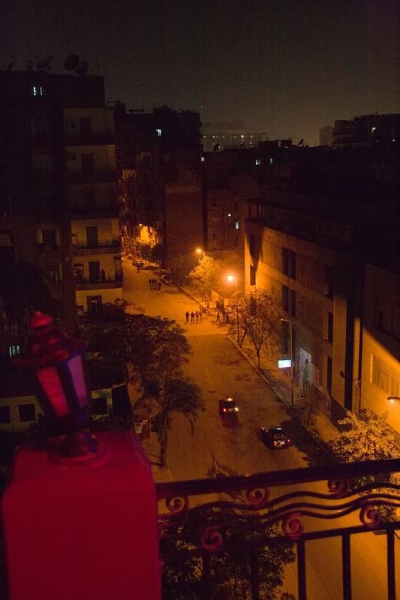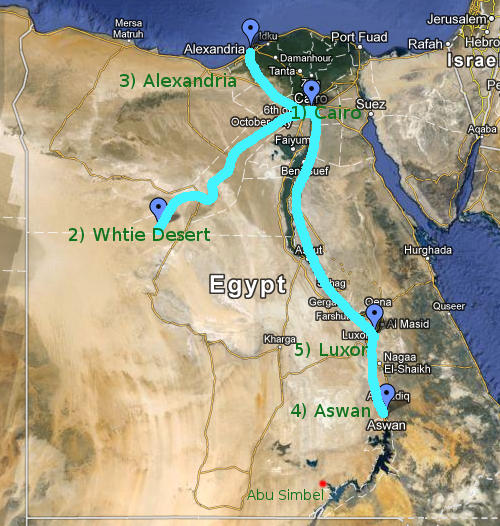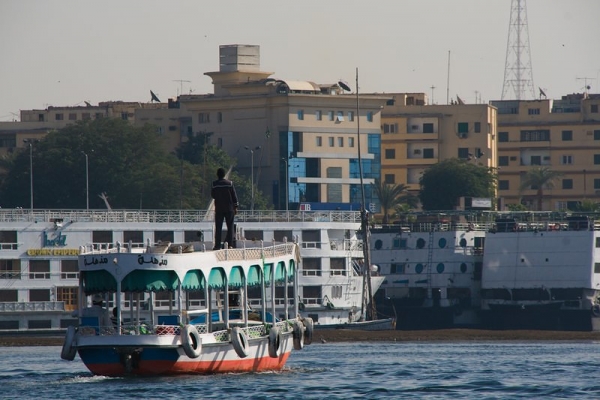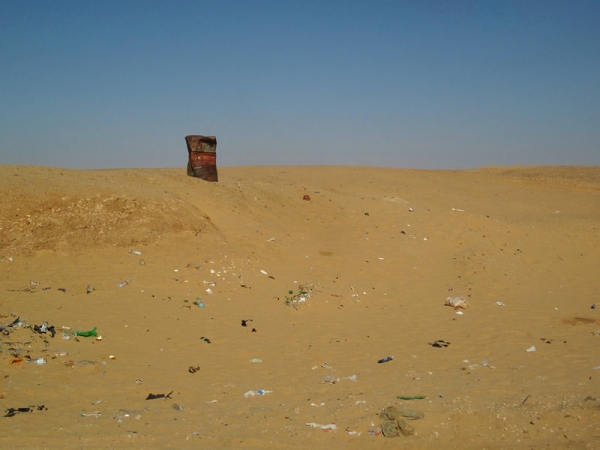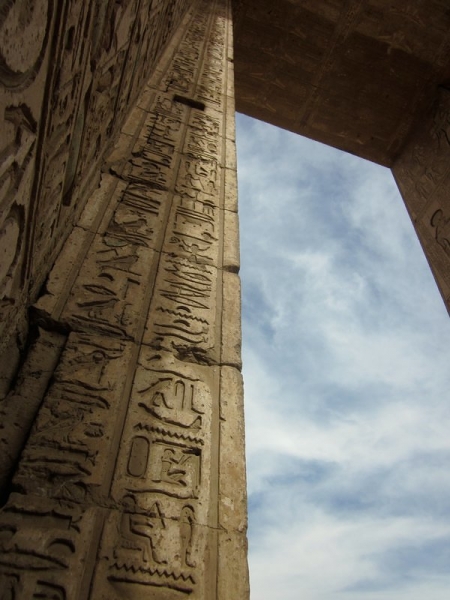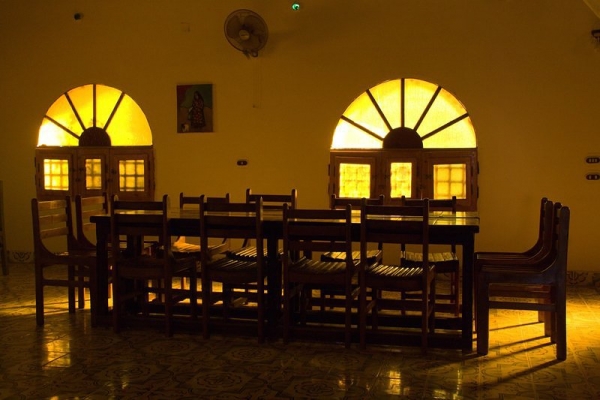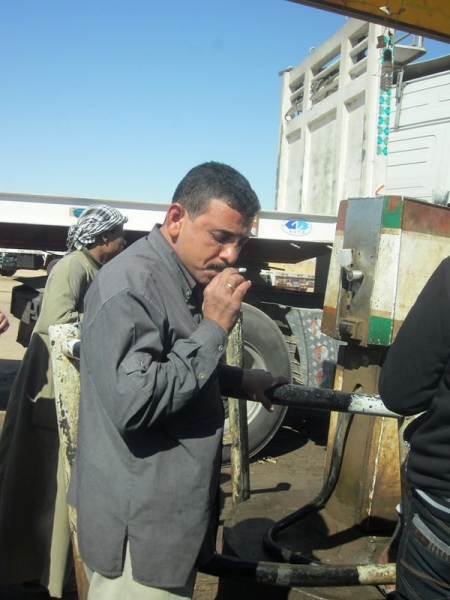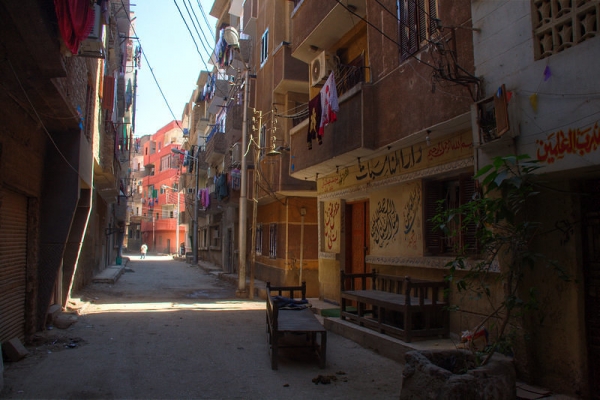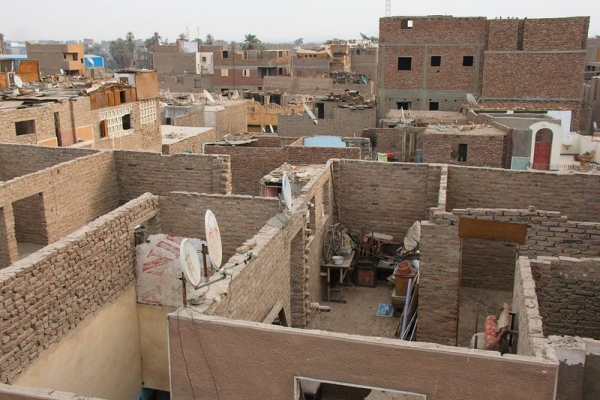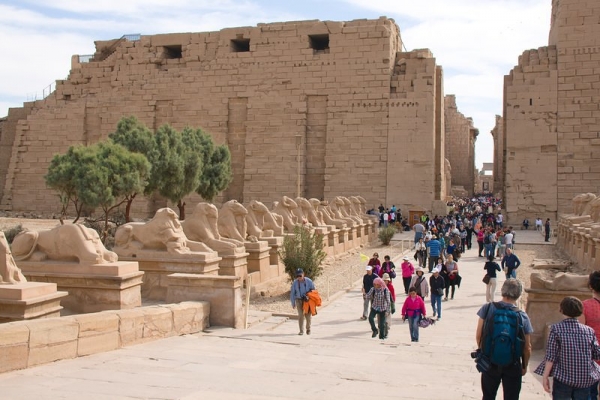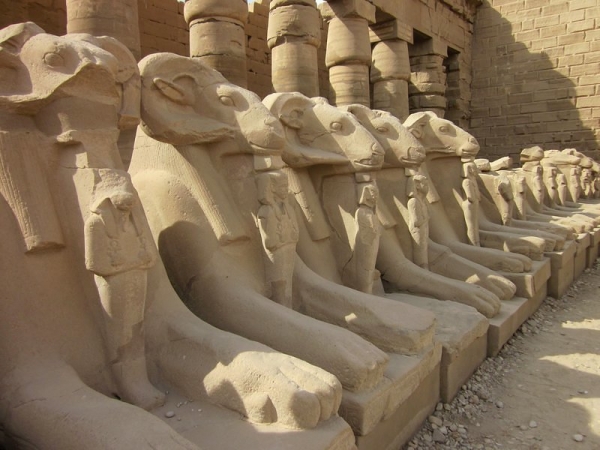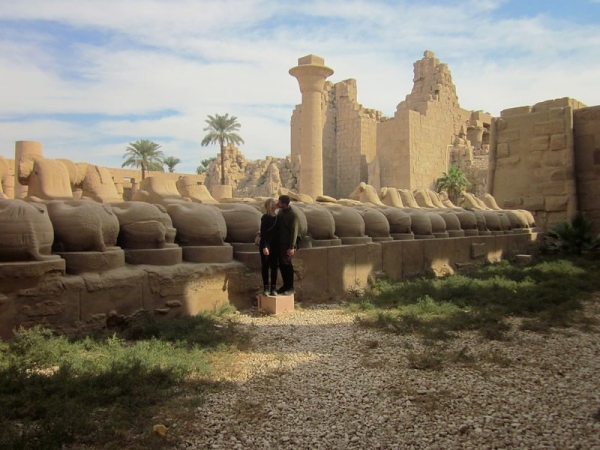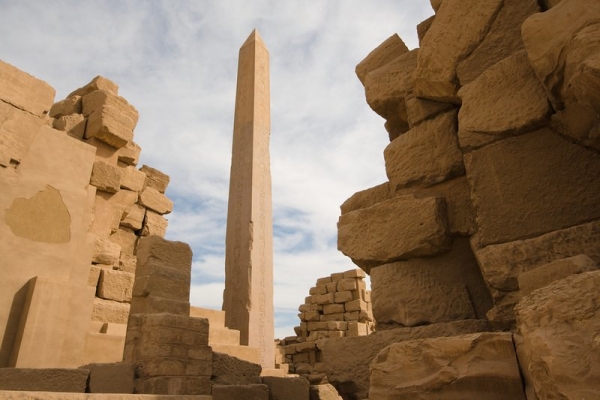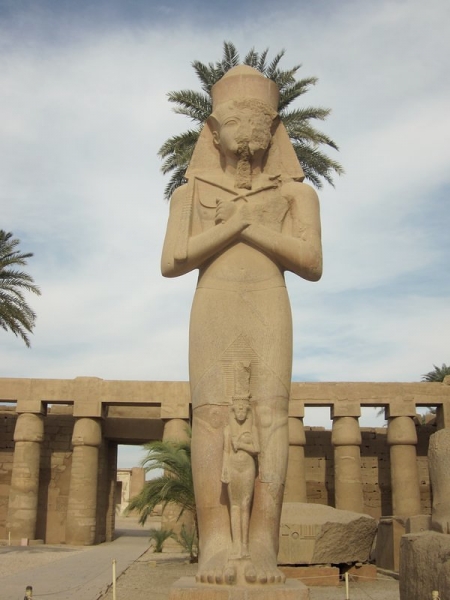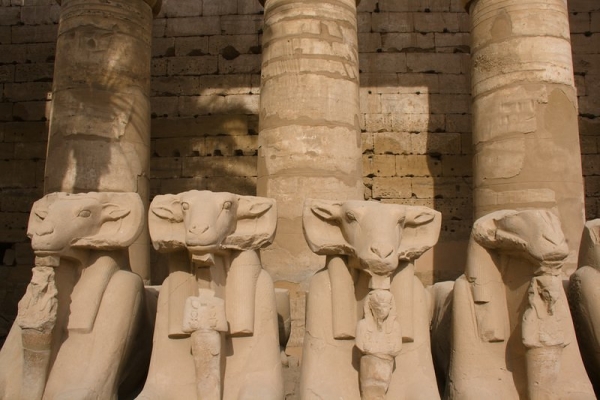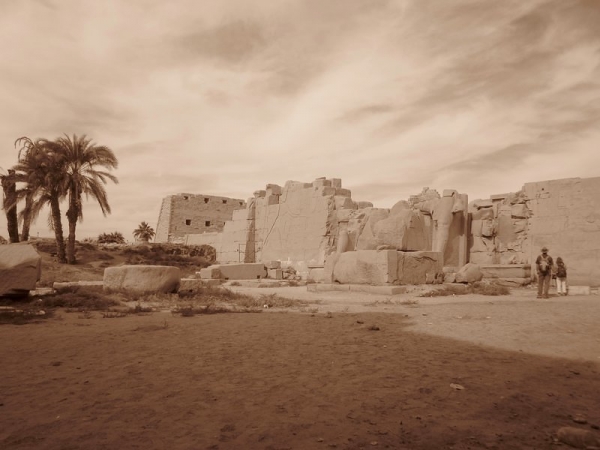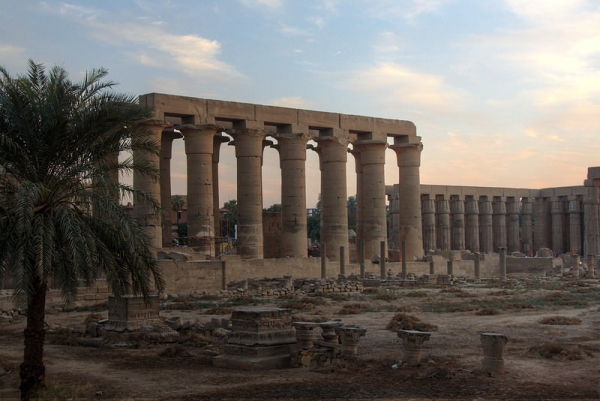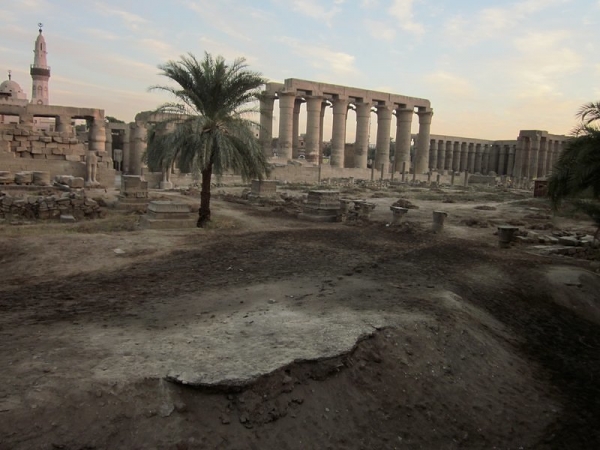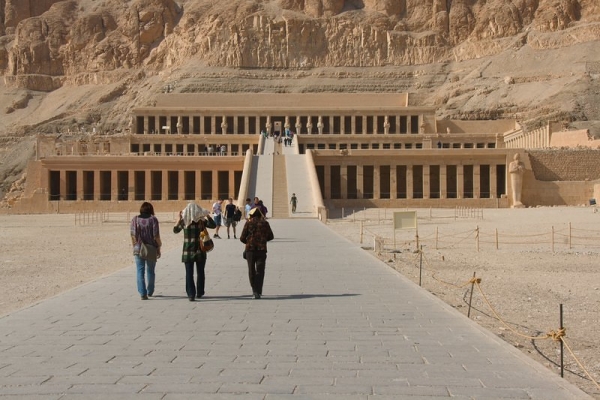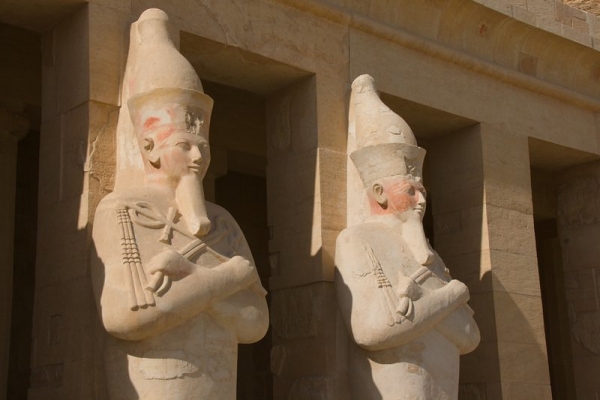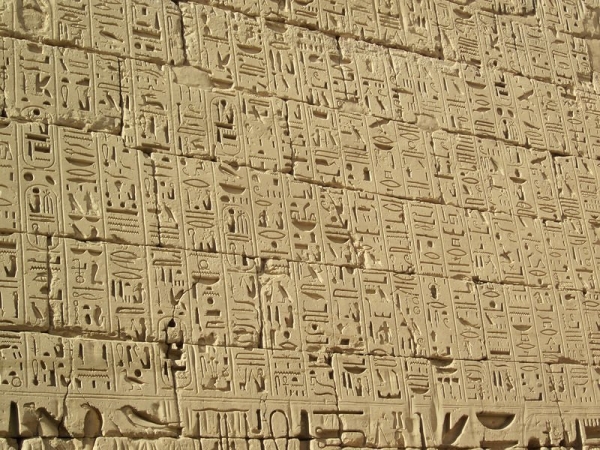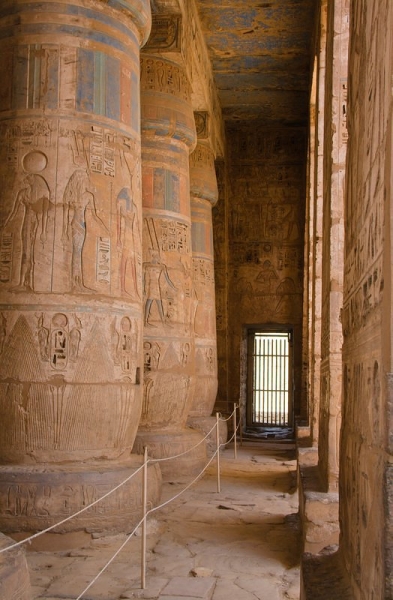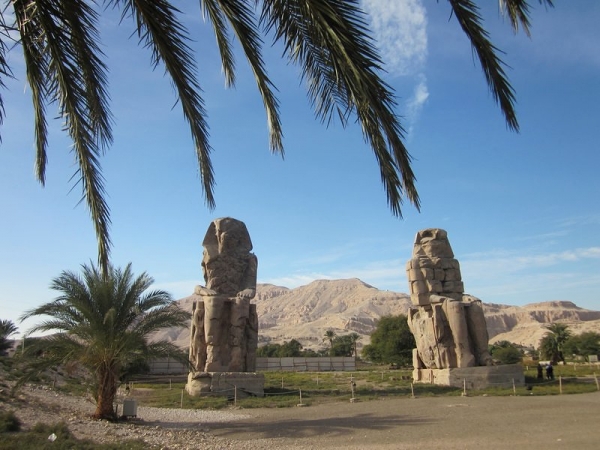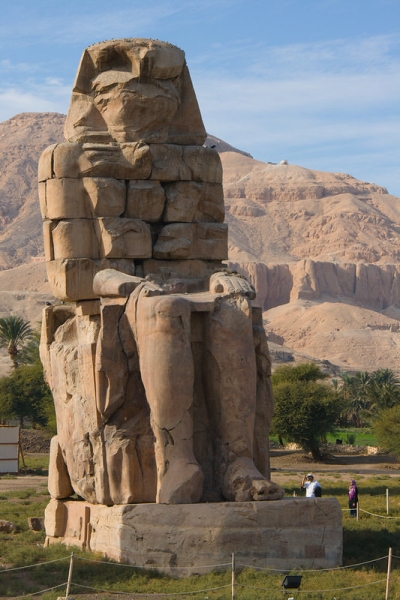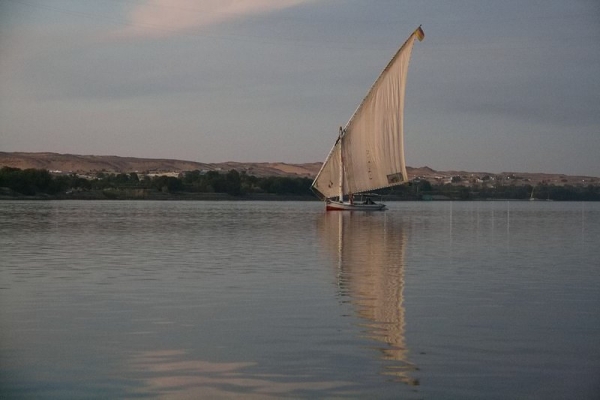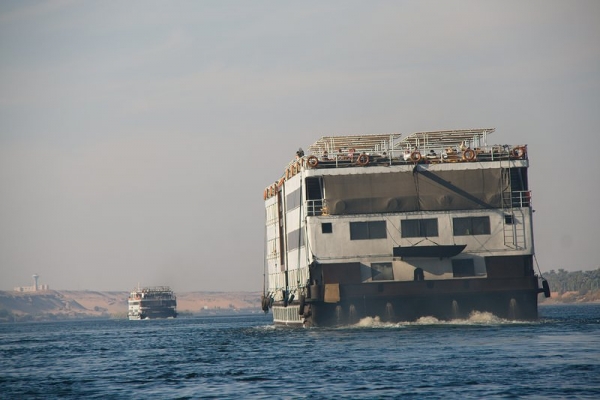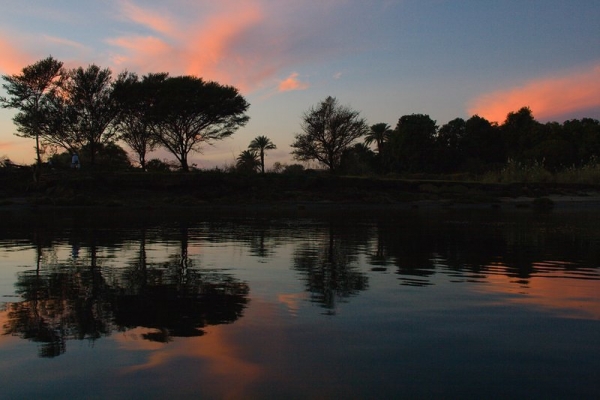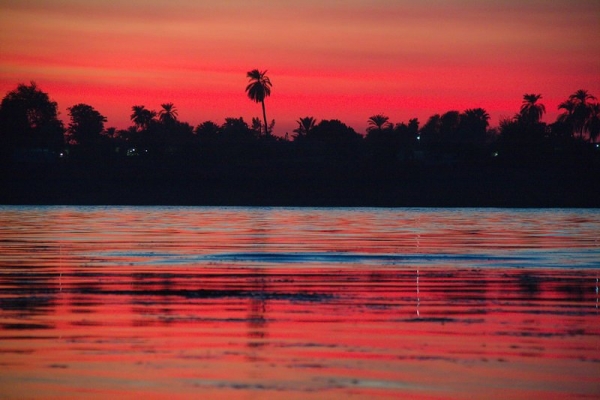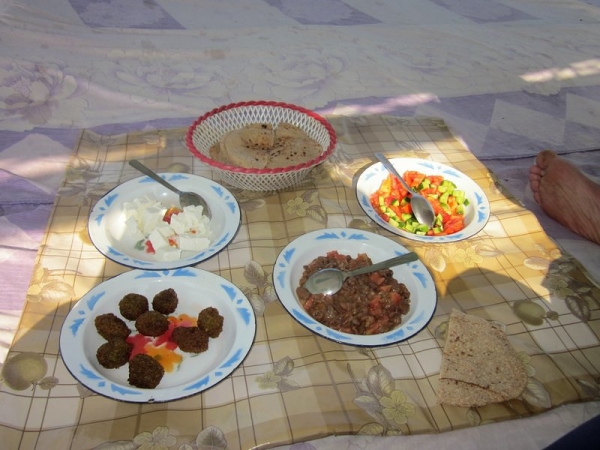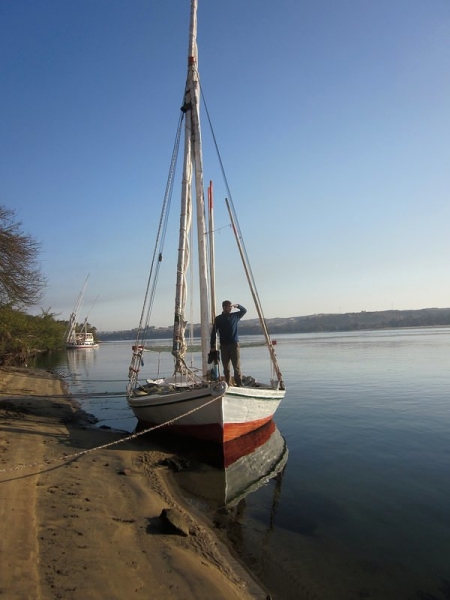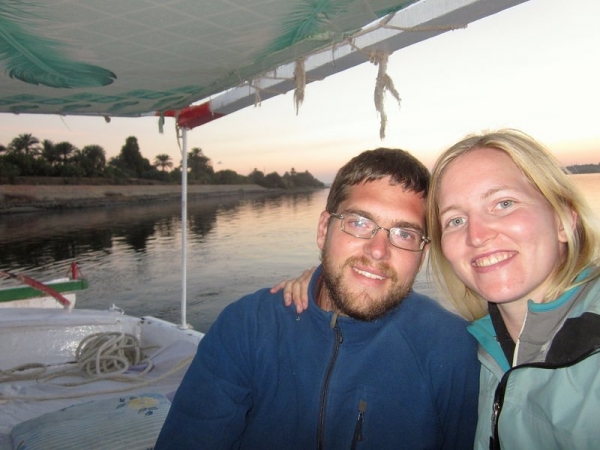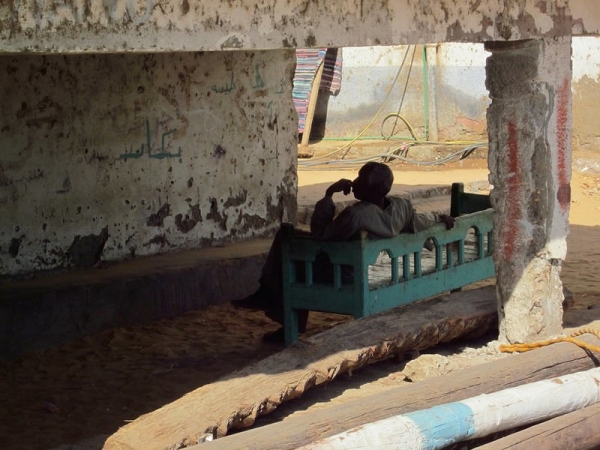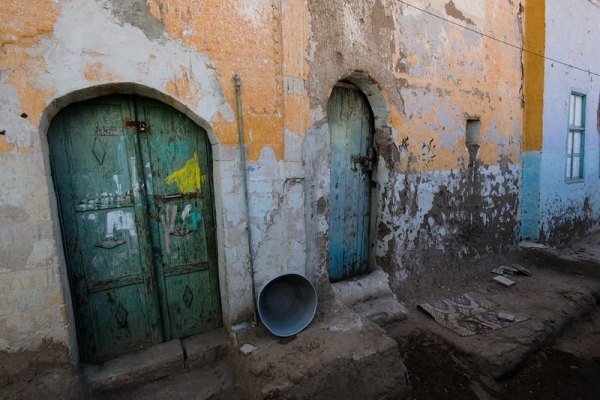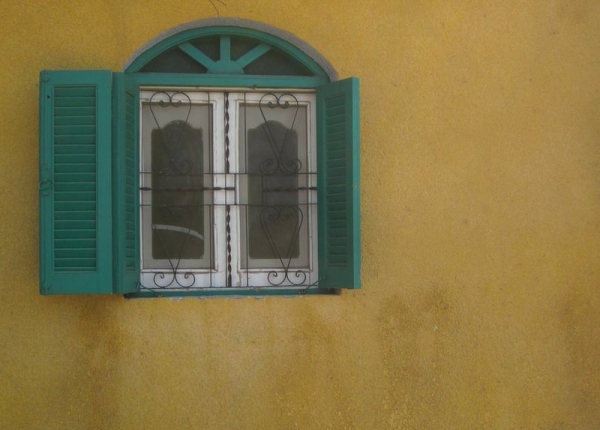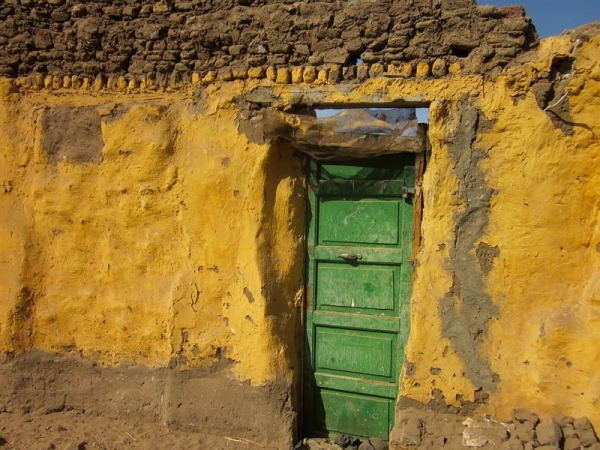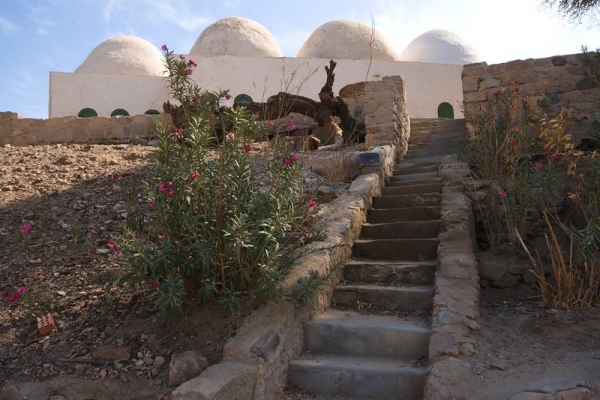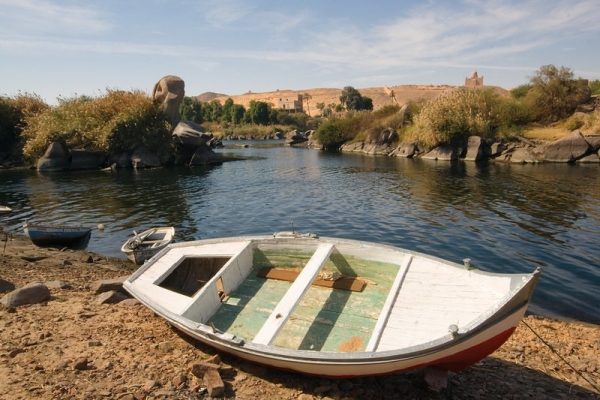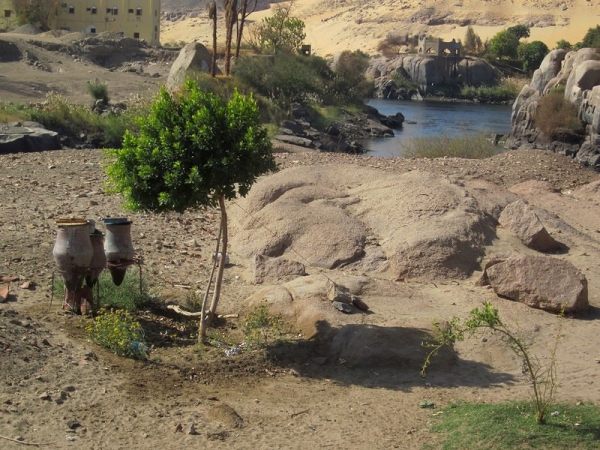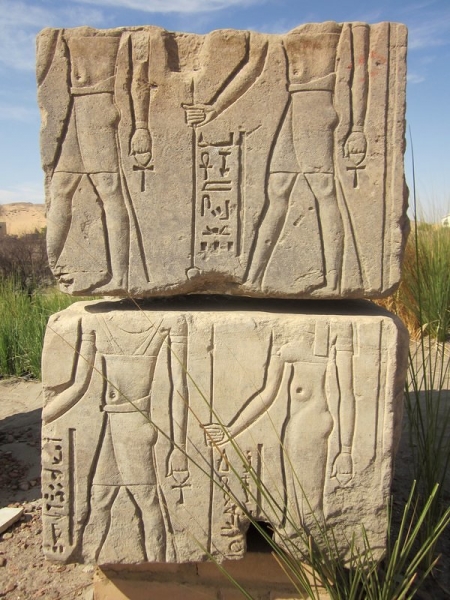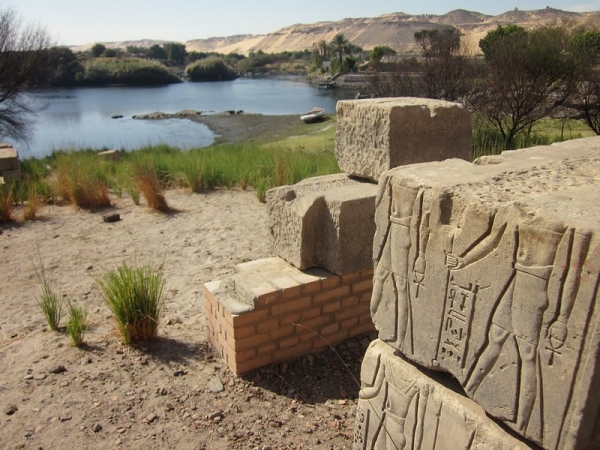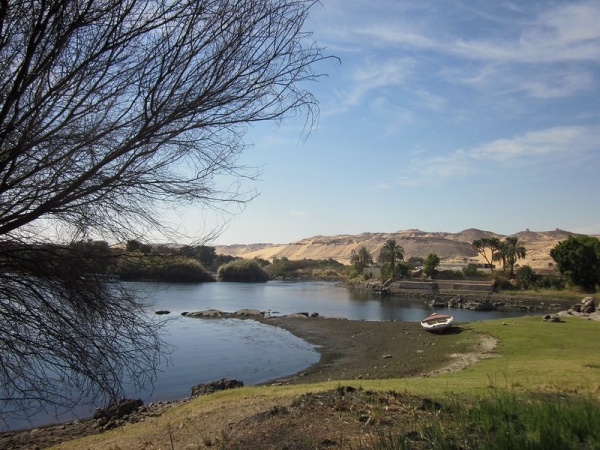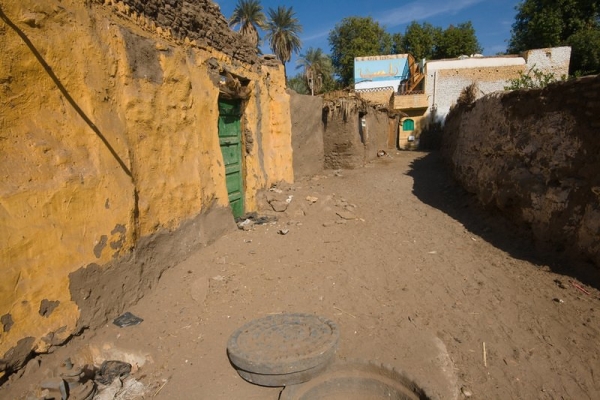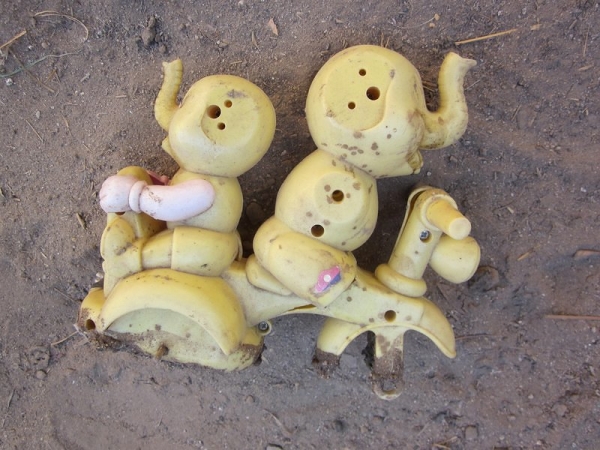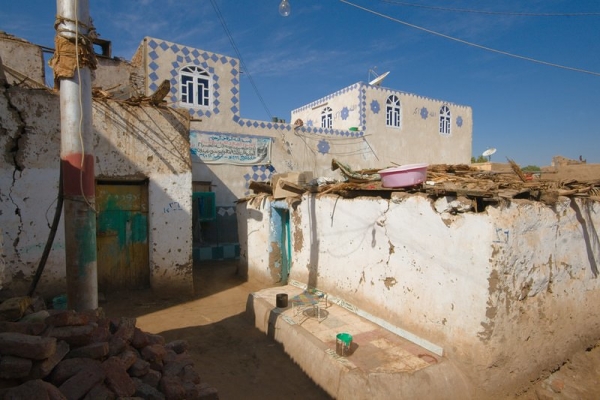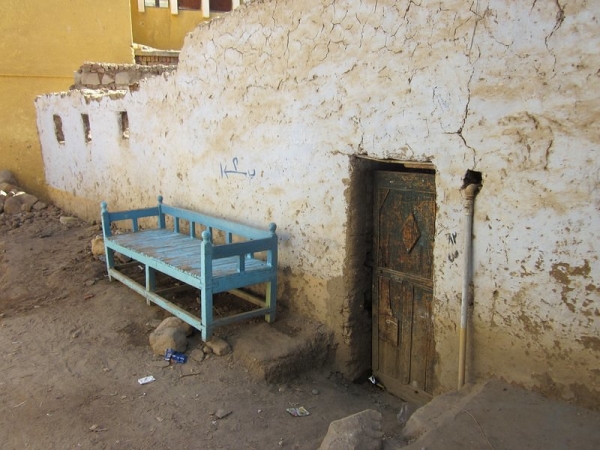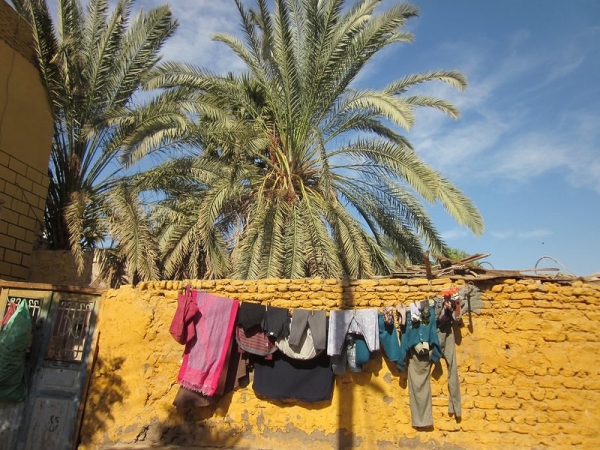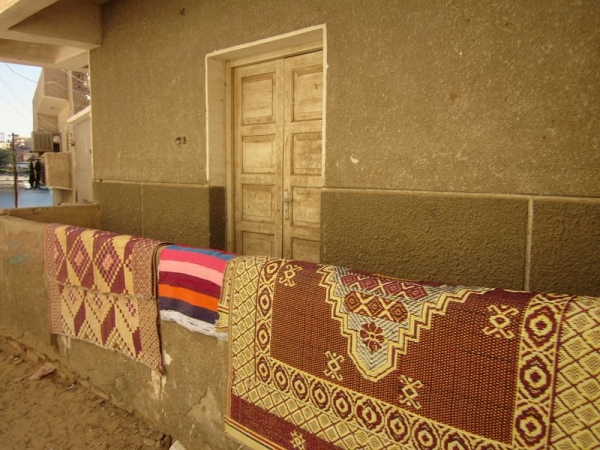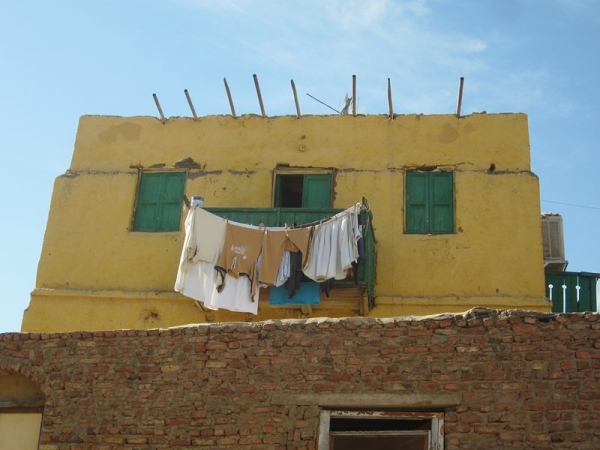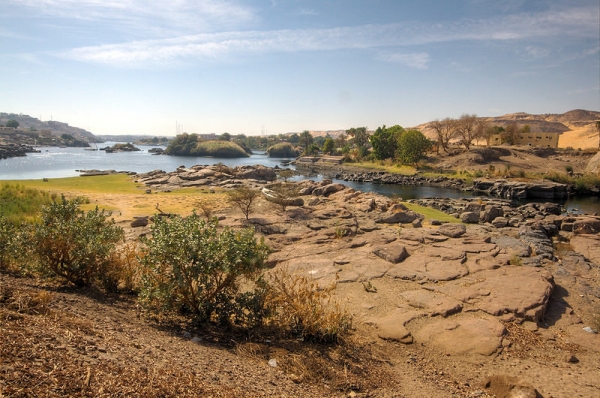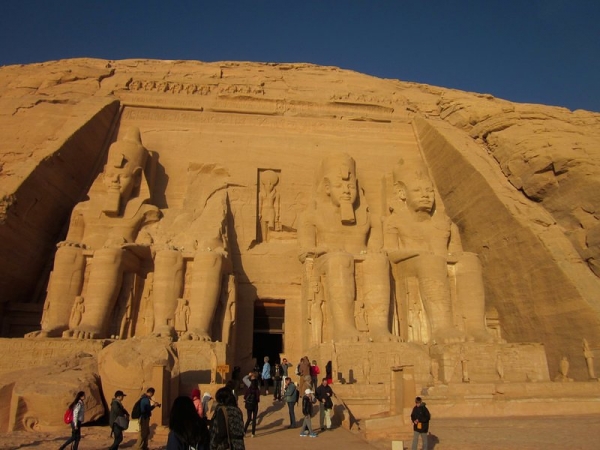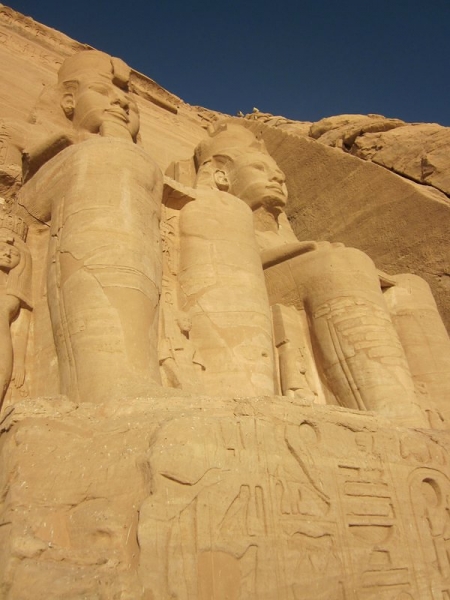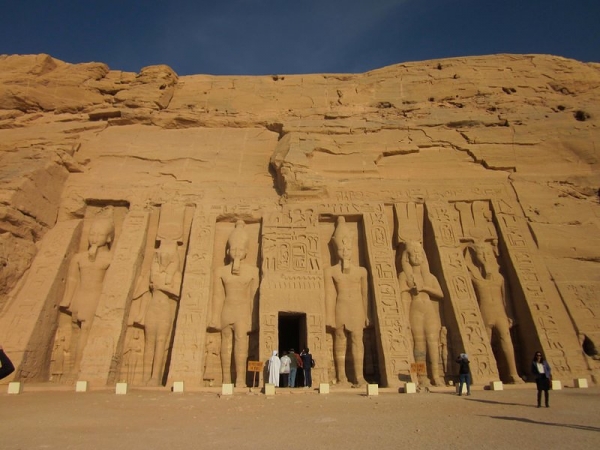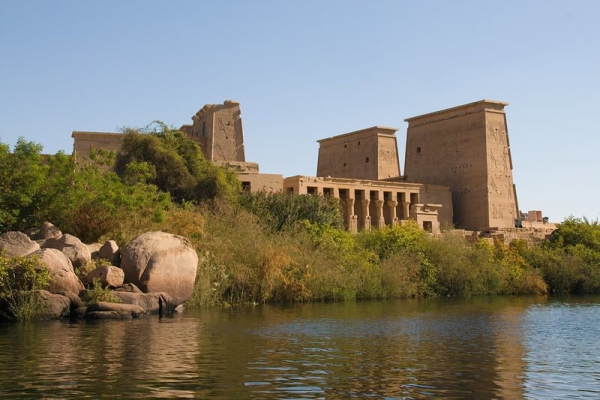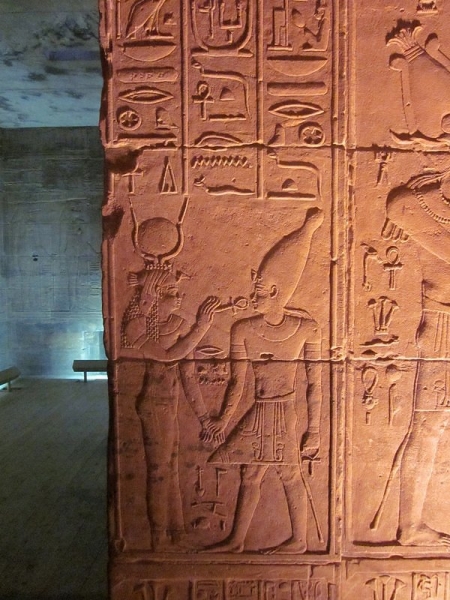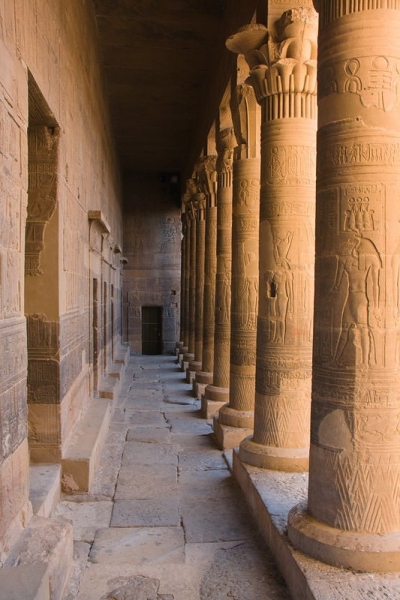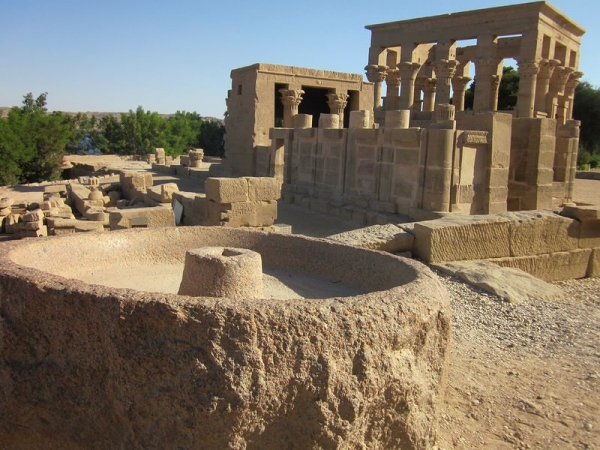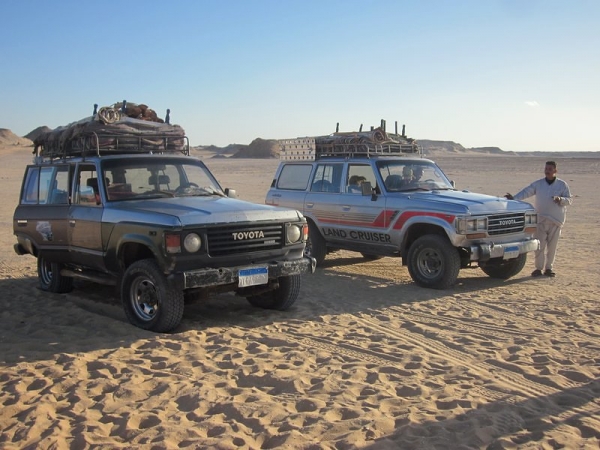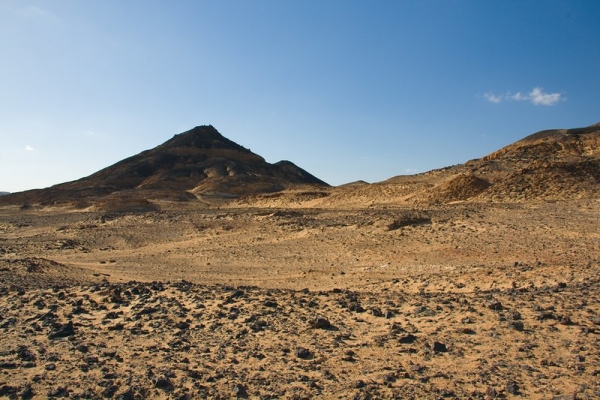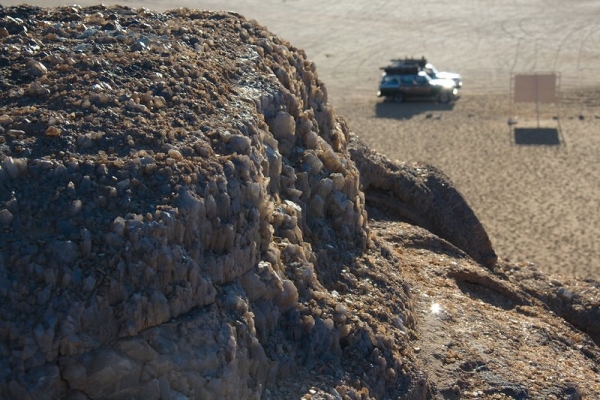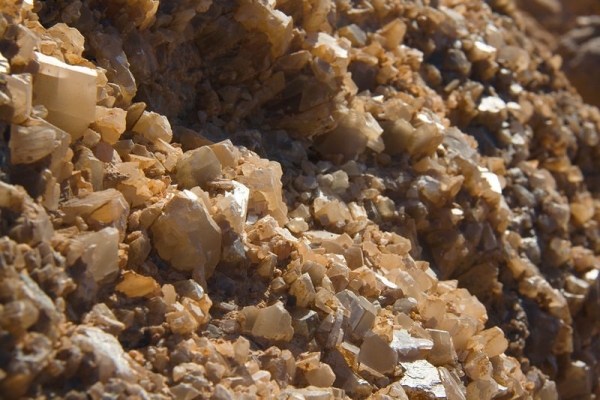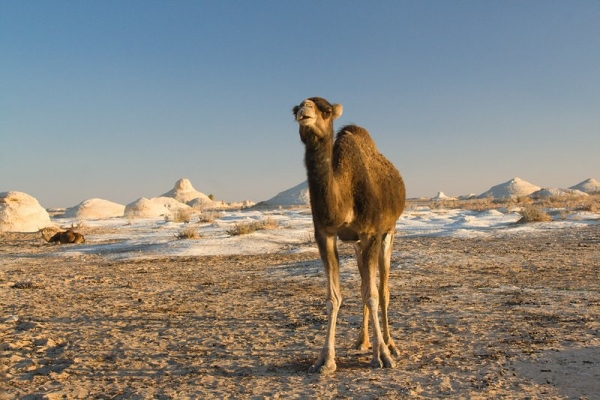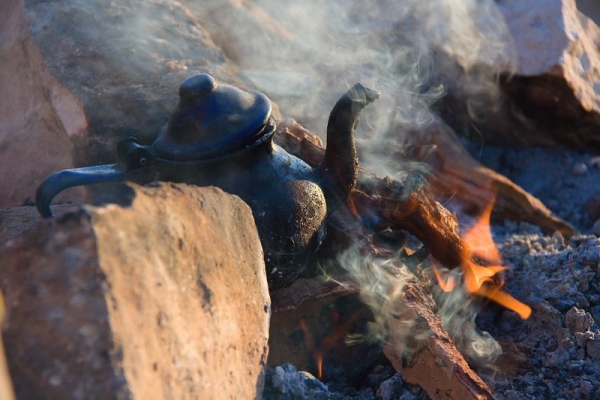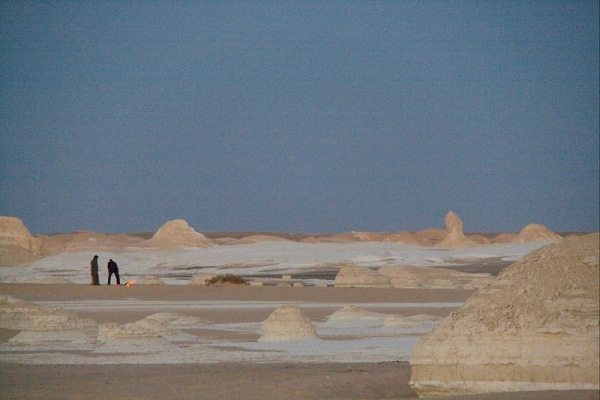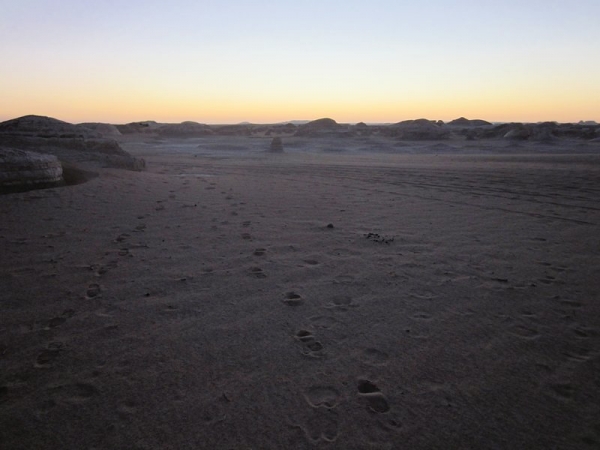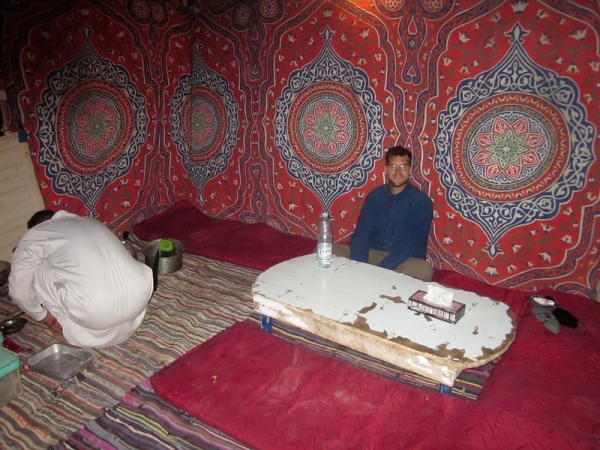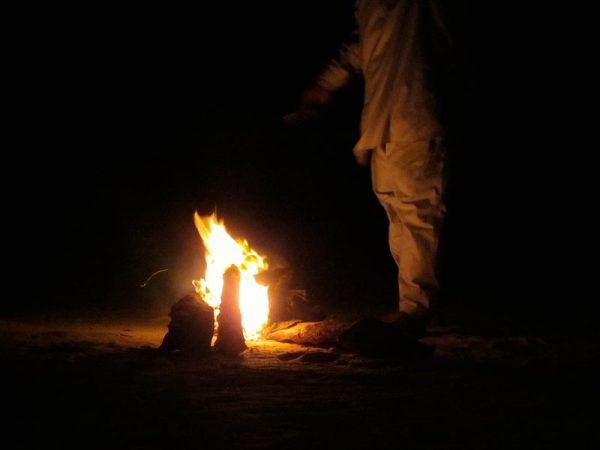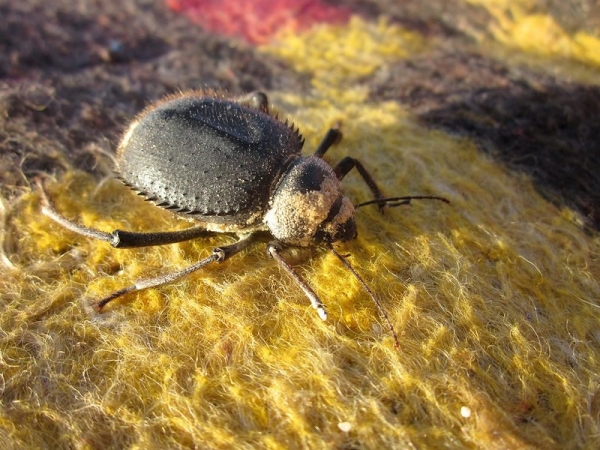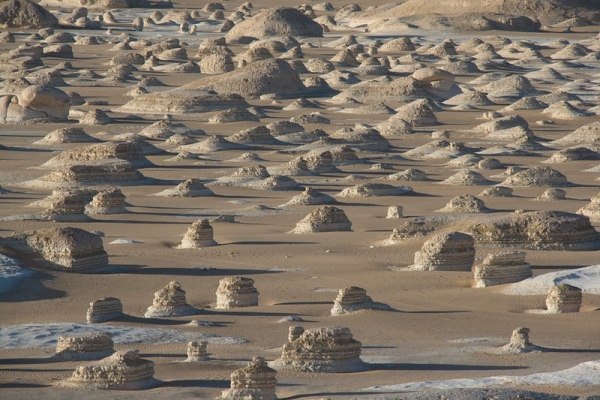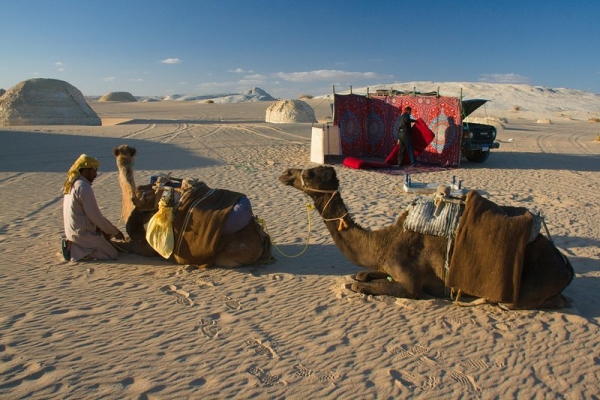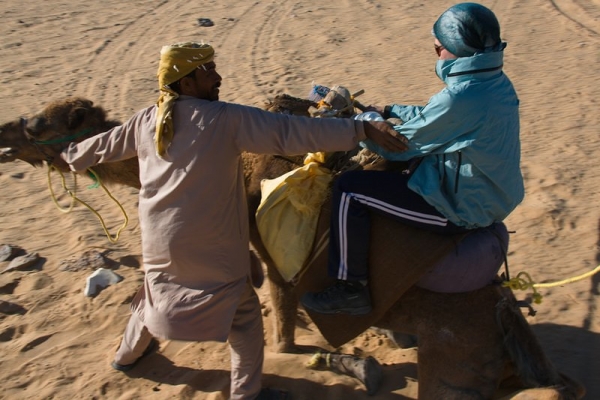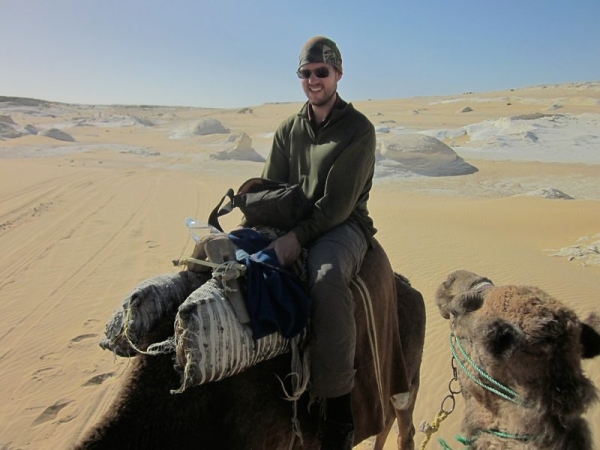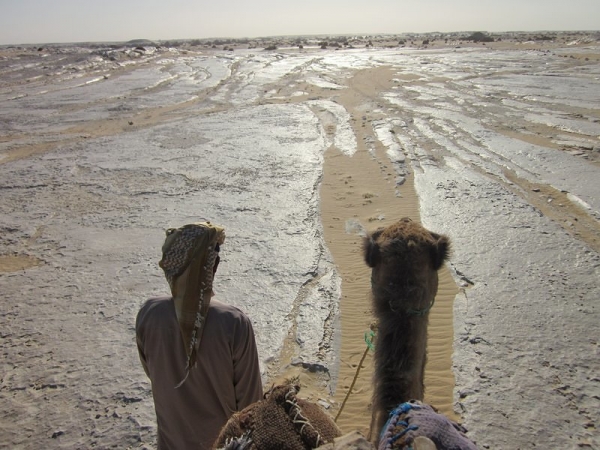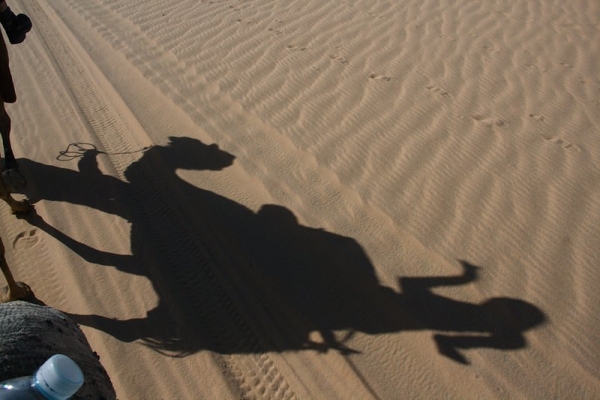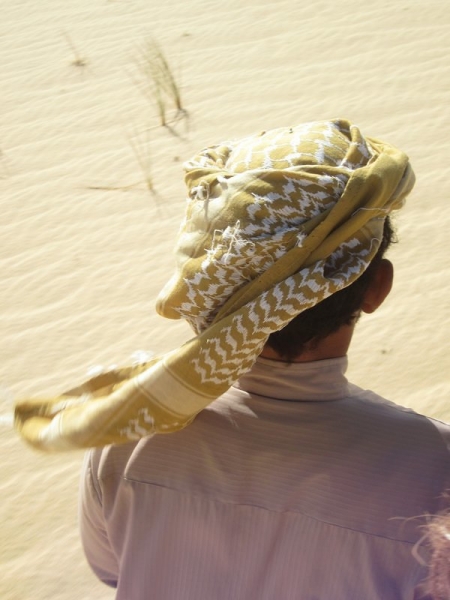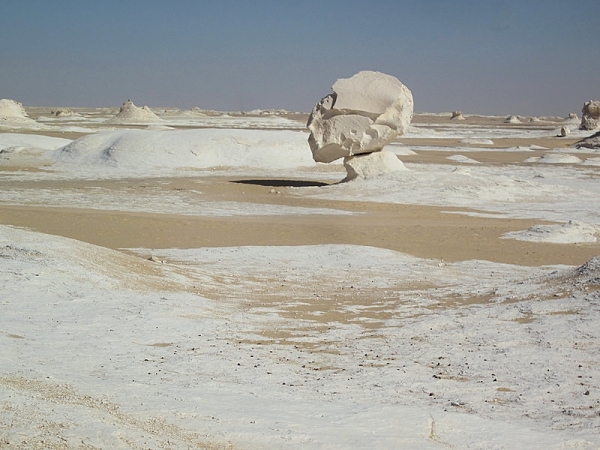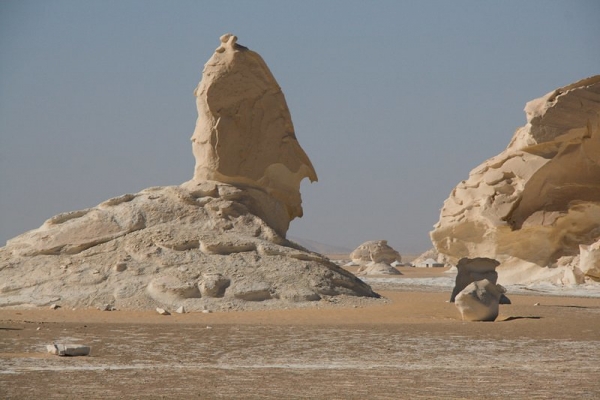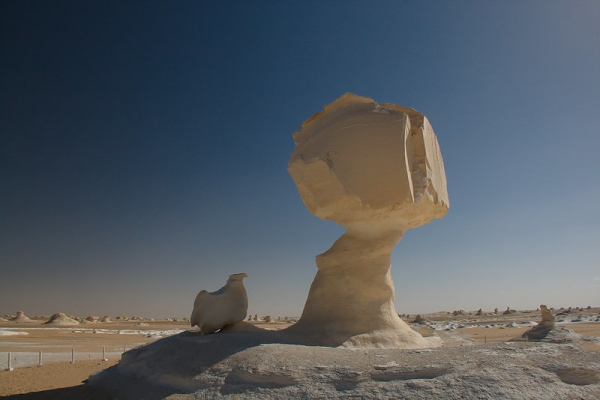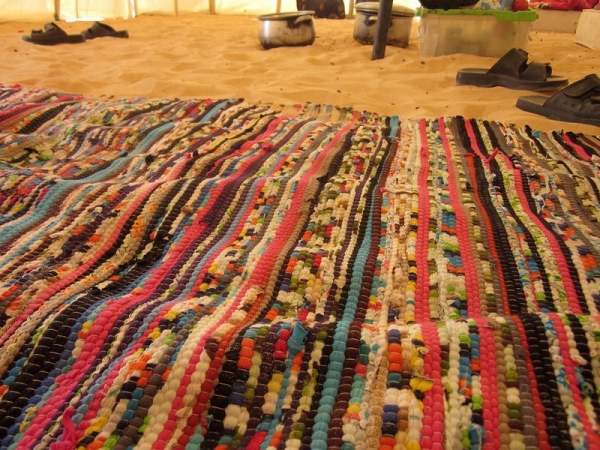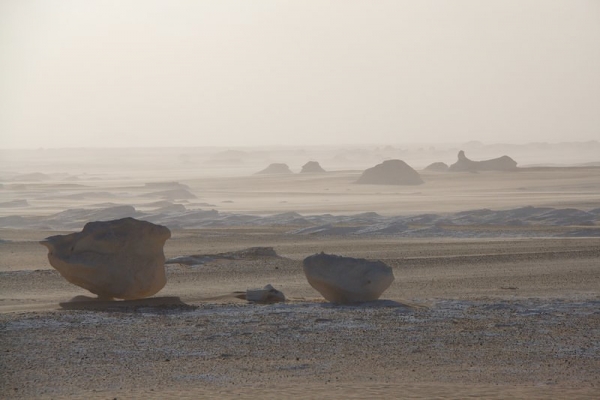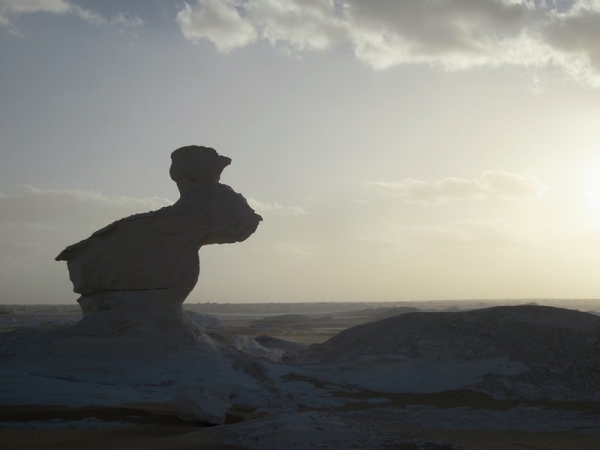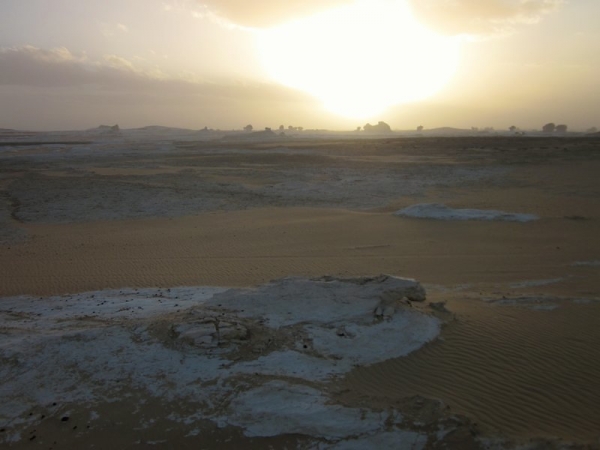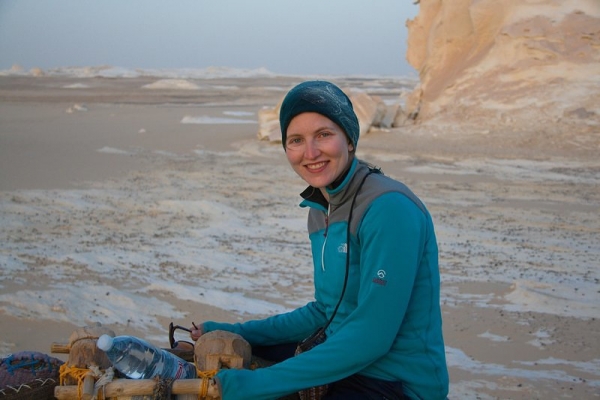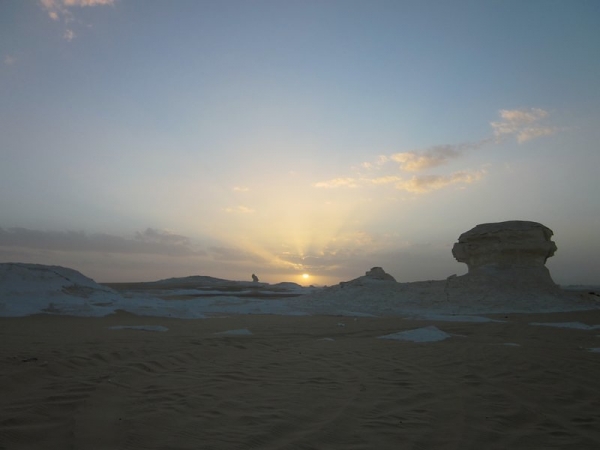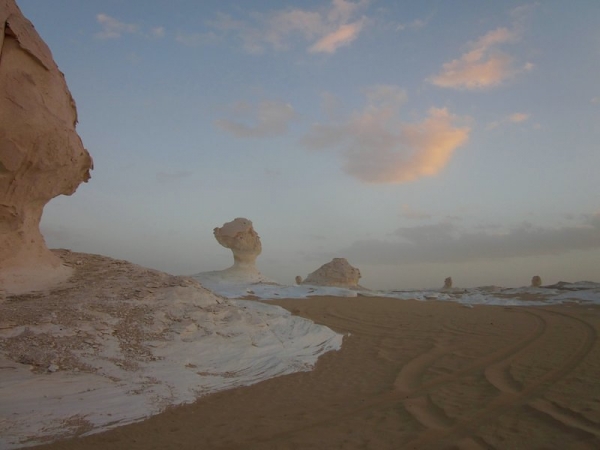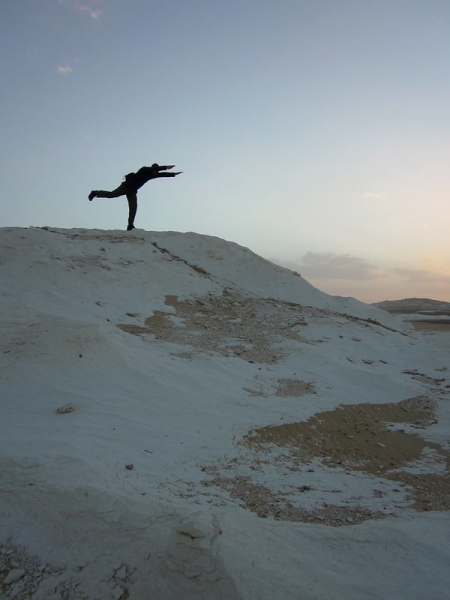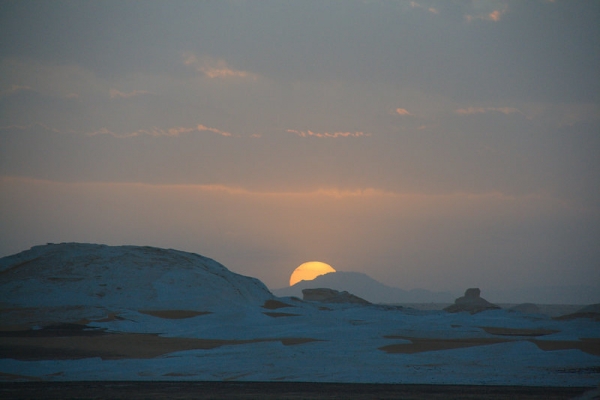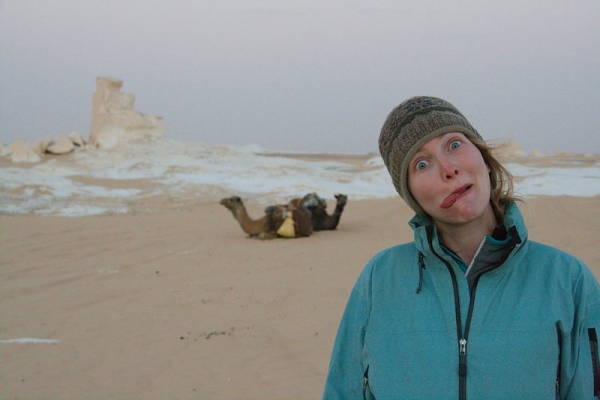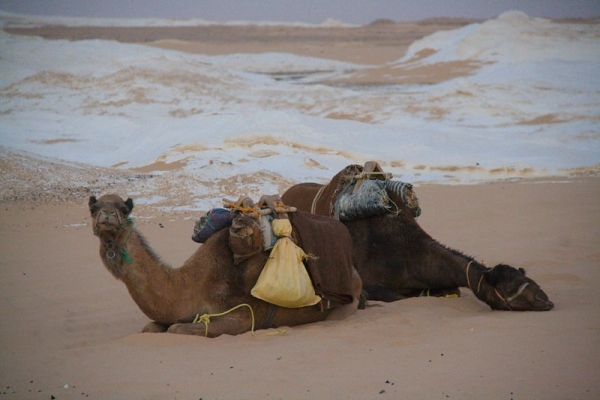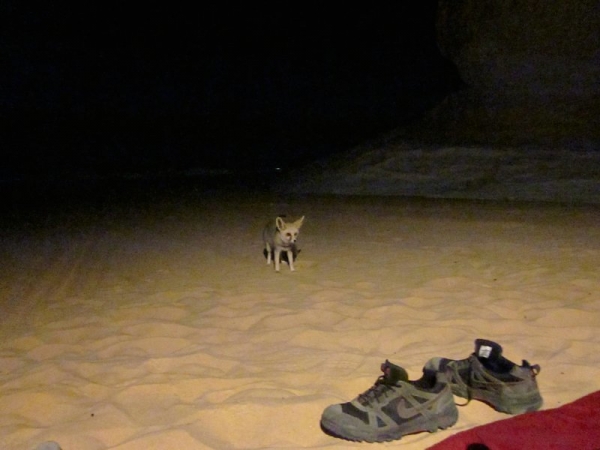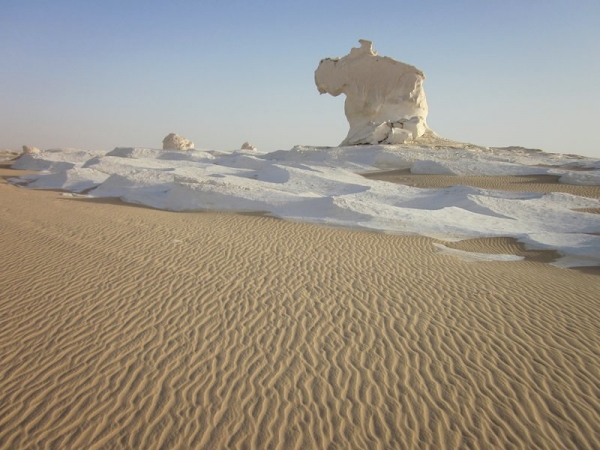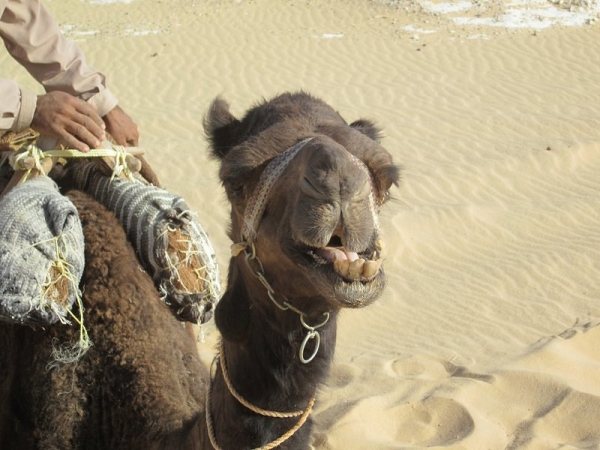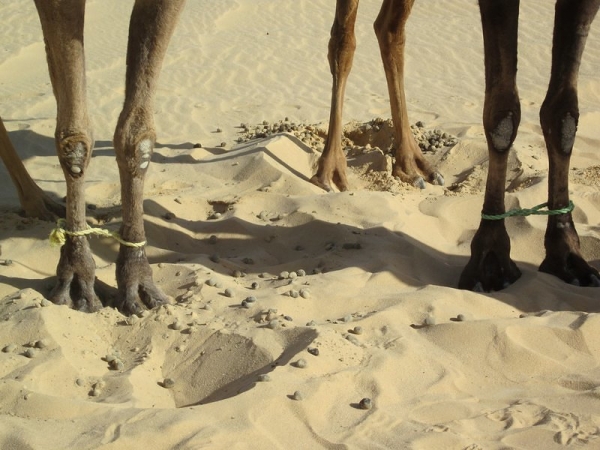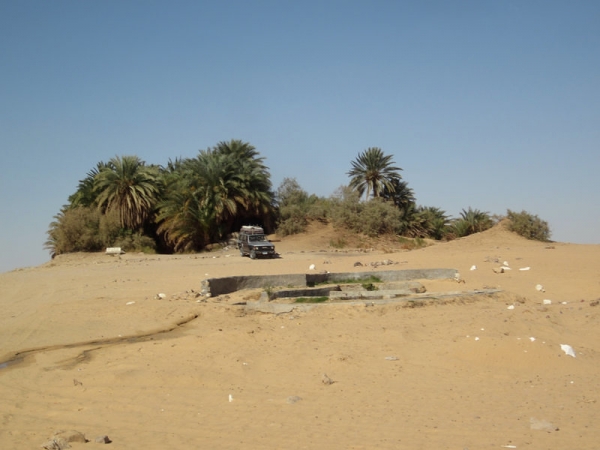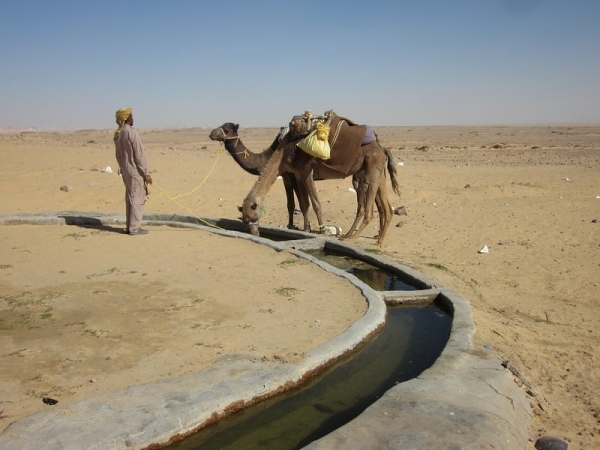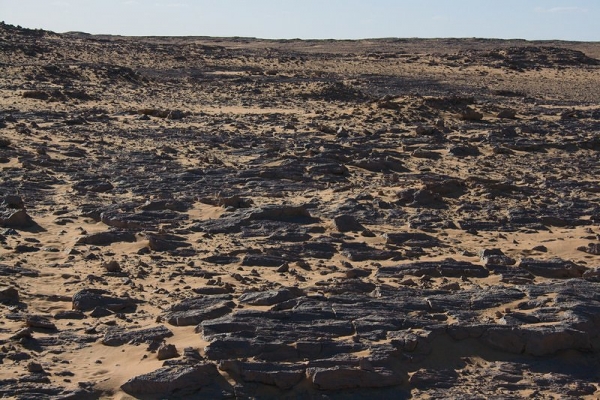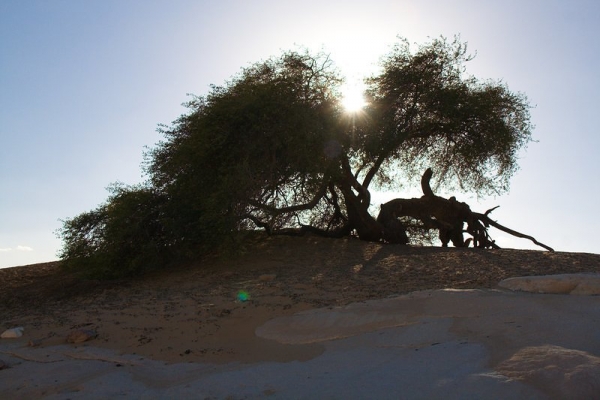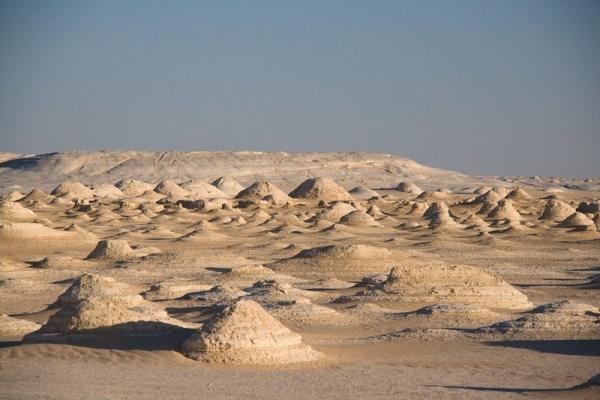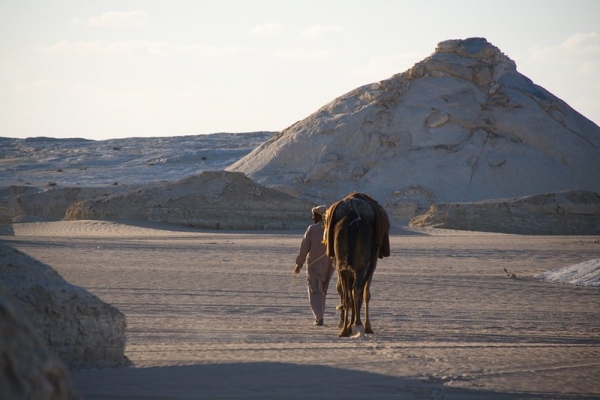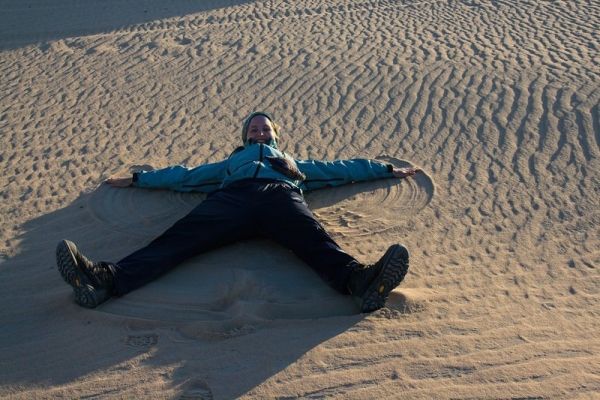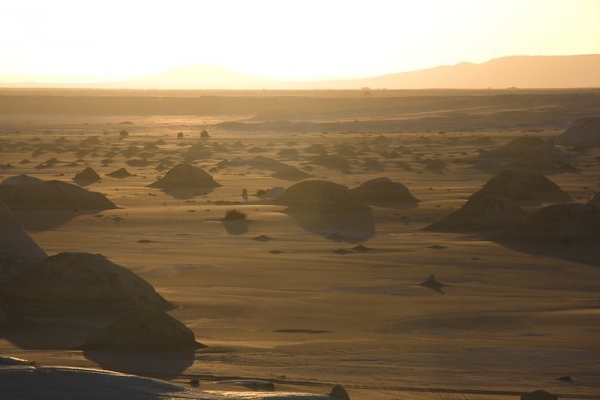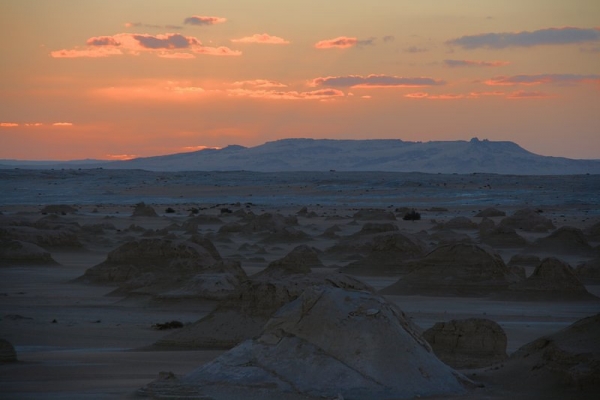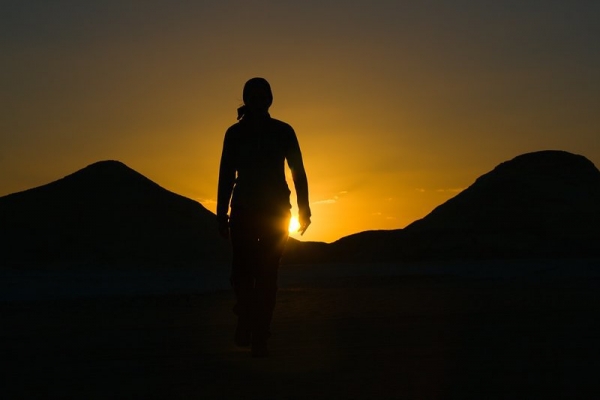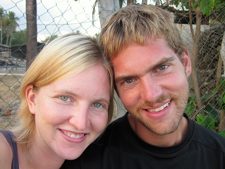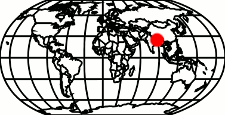Surprise! We’re home! Not in Bulgaria, silly… in Saskamoose-a-bush, Canada, the land of ice and snow.
Okay, maybe you’ve already been surprised. Probably because we’ve already been home for three weeks as any astute Facebook follower would know. If you didn’t know, don’t feel bad. It just means we get to surprise you now. Surprise!
How long are you home for?
Ah, right to it. The first question everyone asks.
We’re going to be home for a while, but not forever. Our rough plan/dream is to go to Bhutan where Ashley will teach math for a year and I’ll either work online or, more likely, go hiking every day and work on my photography. It can always use a bit of work but unfortunately doesn’t pay so well.
Where the heck is Bhutan?
This is the second most common question we get. Bhutan is a small country located in the Himalayas. It’s south of Tibet, east of Nepal, and north of India and Bangladesh. Aside from its premium geographic location, the kingdom is most well known for its so called “happiness legislation”. Basically what they’ve done is given up on the traditional measure of GDP employed by most of the world to determine how well the country is doing, and instead have decided to use the measure of happiness. I have no idea how they measure it, but they do.
Government policies are thus made with the goal of increasing national happiness, which has had some interesting results. The most relevant to would-be travellers like us is their restrictive travel visa. It turns out that cultural preservation makes the Bhutanese happy, while being surrounded by throngs of foreign tourists does not. Travel visas are limited in number, short on time, restrictive on movement, and are very very expensive. Which is why for years, Ashley and I had written Bhutan off as a dream travel destination that we would likely never see.
Until now…
What we’ve found is a volunteer job opportunity that Ashley is qualified for. Applications open in May. Successful applicants are announced in September. If she’s accepted (fingers crossed), we’ll be moving to Bhutan in January 2014!
If not… we’ll do something else. Probably something like teaching English abroad.
Whoa, January! Is Traveled Earth shutting down until January? What will I read on Fridays?
Don’t worry… we’re not going anywhere. We’ve got a back log of, oh geeze, like two months of stories from our time in Thailand and Cambodia. I’m working really hard on getting our photos ready to publish, I promise.
By that time, this ice ball we call Canada should have thawed a bit, school will be out (relevant as Ashley is working as a substitute teacher right now), and we’ll be travelling Canada. We currently have a poll on our facebook page. You can help us decide which way to head out (East or West) by voting and sharing the poll with your friends.
After our brief (2 month) cross country tour we’ll be headed home for some more work until the cold sets in. Having skipped two winters, and finding this spring quite unbearably cold, I’ve got a pretty good feeling we’ll be re-locating someplace warm a few months before our scheduled arrival in Bhutan.
Phew, I can live with that. So how’s home?
It’s good and bad in ways, but mostly it’s just a little weird. It feels so familiar and yet so different from what we’re used to. It’s been great meeting up with family and friends. We surprised both of our parents (we told them we were coming home in mid April and showed up without warning at the end of March). Their reactions were priceless.
We’ve rekindled our love of board games. We’re cooking up a storm now that we have not only a kitchen, but a whole array of seasonings and spices. Ashley’s even started watching a little TV and movies again (I haven’t gotten there yet, but probably will soon).
Price shock has been hard. Rental rates in this city are unaffordable for us at $1,000+ a month for a single room apartment. A single restaurant meal for one person costs more than what we are accustomed to spending for the two of us during a whole day.
It’s also impossible for us to get by using only public transport. To get to work on time, Ashley needs a car. To visit my parents we need a car (there are no buses). So we bought a car.
As you can tell from the picture above, it’s been cold. It was 38 °C the day we left Bangkok, and -14°C when we arrived back in Saskatchewan. That’s a big difference. We knew the weather would be iffy coming home this early, but a windchill of -27°C on April 9? Come on!
- Snowy Home
- The flatland begins – our drive home from the airport in Calgary
Some other odds and ends:
- Vegetables/fruits are expensive and taste terrible here. We’ve always known that. Everything is picked green and trucked long distances. At least in the fall we can hit up farmer markets.
- It’s nice being able to control what we eat again. Having a full kitchen is bliss. It’s been a glut of whole grains and beans. My bread starter is almost done, so fresh bread should be on the table soon.
- It’s weird not seeing/hearing chickens. Especially in the morning. I miss them. The factory eggs they sell in our stores are the most flavourless, sickly, pale food items we’ve seen since we left home (maybe the zero calorie peanut butter we saw in Florida was worse). Fortunately, we found a source of free-range eggs.
News from Bulgaria.
We got some bad news from Bulgaria this week. Our car has been stripped. They removed the LPG kit, broke the rear window, and stole the tires. And no, we don’t have insurance. It was a $500 car.
Our house was also broken into. We didn’t really have much in there, maybe $100 worth of tools which I’m sure are now gone.
That’s pretty sad news for us. Not so much because of what was stolen/damaged, but because our dream has been squashed. Our plan for the house was to visit it over the next several years and slowly improve it and the yard when we had money. Our goal was to only move there full time once we could afford to do it.
But now, we’ve come to realize that any improvements we could make, like installing new appliances, toilets, cupboards and the like would most likely end up as somebody else’s improvements in somebody else’s house when we’re away.
Not sure what we’ll end up doing with the place now, but if you’re looking for your own house in Bulgaria we’re open to offers…
If you missed our Bulgarian House Saga, you can read more on it here and here.
Back to the regular schedule.
That’s our real-time update for now. Stay tuned for posts on S.E. Asia. Our final trip stats and reflections will be published after that.
